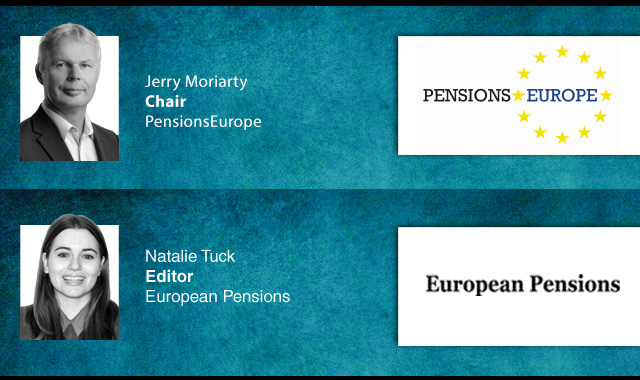The occupational Dutch pension fund for physiotherapists, Stichting Pensioenfonds voor Fysiotherapeuten (SPF), has become the first Dutch pension fund to receive supervisory approval to switch to the new flexible premium scheme (FPR), marking a milestone in the country’s sweeping pension reform.
The decision from De Nederlandsche Bank (DNB) means SPF, working with Achmea Pension Services and Achmea Investment Management, can begin its transition immediately, with the changeover set to be phased in gradually and finalised by mid-2026.
The FPR is one of two new defined-contribution style models under the Dutch Future Pensions Act (Wtp), which came into force in July 2023.
By 2027, all Dutch occupational schemes must migrate into either the FPR or the solidarity premium scheme (SPR), with possible extensions to 2028.
The reform is designed to make pensions more transparent and sustainable, shifting from fixed benefit promises to contribution-based accruals that depend on investment performance.
While SPF is the first fund to secure regulatory approval for a switch, it is not the first to implement an FPR in practice.
PNO Media, the Dutch pension fund for the media and creative sectors, launched its own flexible contribution scheme in January 2025.
Its arrangement, which fully complies with the Wtp, allows employers to determine the level of savings premium and add insurance components such as disability or survivor cover.
Employers can also offer employees the option to pay in additional contributions to build higher pension capital or increase survivor benefits.
PNO Media has confirmed that all employers under its remit will move to a Wtp-compliant scheme from January 2027.
However, SPF and PNO Media remain exceptions in the Dutch market.
A recent DNB survey found that nearly 60 per cent of funds intend to adopt the SPR, while just 16 per cent expect to opt for the FPR.
This suggests that the majority of Dutch pension funds view the solidarity model as better suited to balancing intergenerational risks, even as some smaller or sector-specific funds opt for the flexibility of the FPR.
Additionally, the reform timetable has proven a struggle for several schemes.
SPF and the veterinarians’ fund (SPD) had previously delayed their planned transitions, while major sectoral funds, such as PME, have announced later migration dates of 2027.
According to government projections, around 11 million participants are expected to be transferred into the new system by early 2026; however, many schemes have warned of challenges related to systems, communication, and legal compliance.
These concerns saw APG pension economist, Anne Laning, urge the pensions sector to engage "more actively with the public debate," describing the sector’s current communication approach as a “missed opportunity”.
However, the DNB has defended its approach to the transition, stressing that it "asks questions that require more time to answer properly".
Latest News
-
SCOOP: Netherlands' Keylane snaps up UK's Heywood in undisclosed deal
-
80% of German companies using AI in pension schemes
-
73% of global pension plans using dynamic asset allocation strategy
-
Debate prompts swing in support for releasing UK DB surpluses to employers
-
News in brief: 5 December
-
NBIM beats out Japanese govt pension fund to become world's largest asset owner
Podcast: Stepping up to the challenge

In the latest European Pensions podcast, Natalie Tuck talks to PensionsEurope chair, Jerry Moriarty, about his new role and the European pension policy agenda
Podcast: The benefits of private equity in pension fund portfolios

The outbreak of the Covid-19 pandemic, in which stock markets have seen increased volatility, combined with global low interest rates has led to alternative asset classes rising in popularity. Private equity is one of the top runners in this category, and for good reason.
In this podcast, Munich Private Equity Partners Managing Director, Christopher Bär, chats to European Pensions Editor, Natalie Tuck, about the benefits private equity investments can bring to pension fund portfolios and the best approach to take.
In this podcast, Munich Private Equity Partners Managing Director, Christopher Bär, chats to European Pensions Editor, Natalie Tuck, about the benefits private equity investments can bring to pension fund portfolios and the best approach to take.
Mitigating risk
BNP Paribas Asset Management’s head of pension solutions, Julien Halfon, discusses equity hedging with Laura Blows
© 2019 Perspective Publishing Privacy & Cookies





Recent Stories